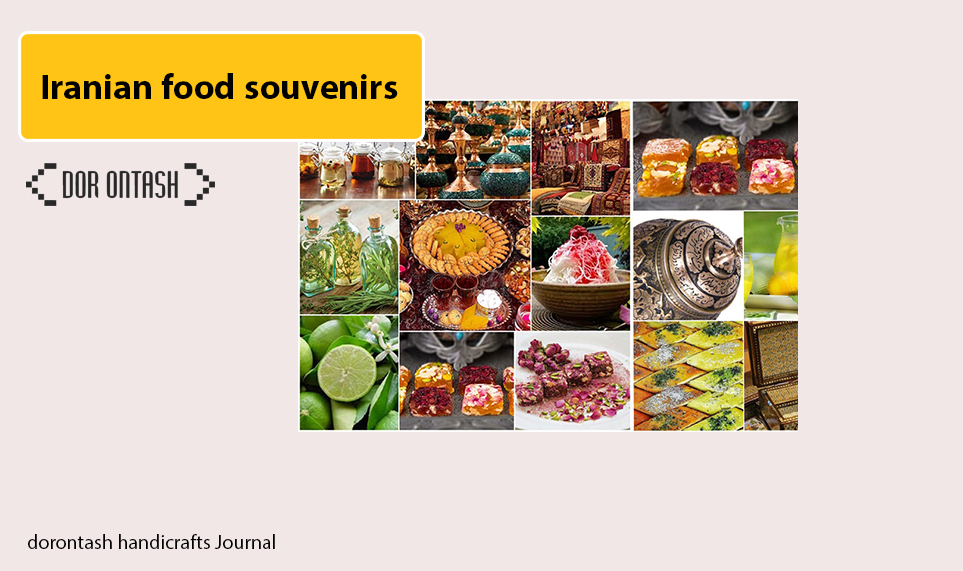According to the definitions provided for handicrafts , the following characteristics can be stated for handmade products:
1- Carrying out part of the basic production steps by hand, tools and hand tools, for the production of each of the hand products, several steps are taken, but it is not necessary to do all these steps by hand, tools and hand tools, and if only If a part of the basic steps of production is done in this way, the produced product is considered handicraft according to the items mentioned in the definition.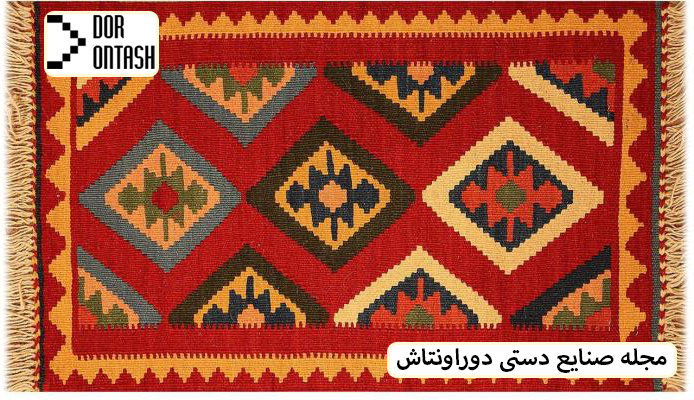
2- The effective and creative presence of humans in the production and shaping of manufactured products and the possibility of creating variety and implementing different designs in the manufacturing stage of such products.
3- Supplying the major part of raw materials for consumption from domestic sources.
4- having a cultural load (use of original, indigenous and traditional designs).
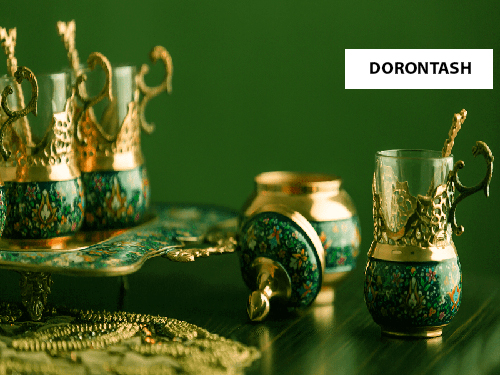 5- Non-identity and similarity of manufactured products with each other.
5- Non-identity and similarity of manufactured products with each other.
6- No need for large investment compared to other fields of the industry.
7- having a high added value compared to other industries.
8- Ability to create and develop in different areas (city, village and even in nomadic communities).
 9- Ability to transfer experiences, secrets and production techniques, breast to breast or according to the method of master and student
9- Ability to transfer experiences, secrets and production techniques, breast to breast or according to the method of master and student
Classification
In the field of classification of handicrafts , it should be said that this classification can be done in different ways, including based on the raw materials used or the method of making it. Here is the classification made by the experts of Iran Handicrafts Organization, which is mainly based on the method and technique of making such products:
1- Woven fabrics: products that are produced with the help of horizontal or vertical looms located on the ground during weaving are considered woven fabrics, such as carpets, rugs, zilo and the like.
2- Handloom: (Traditional textile): products that are produced with the help of simple and traditional weaving machines (special Jajim weaving machine, two-vardi machine, four-vardi machine and manual jacquard machine) are considered hand-woven, such as Jajim, zari, cashmere. Shawl and…
One of the characteristics of this field of handicrafts is that, first, all the three stages of weaving, creating the opening, wefting and daftin (a metal tool with a comb-like handle that the weavers hold in their hands while weaving the fabric and put it on the threads) so that what is woven is connected and strengthened.) It is done with the movements of hands and feet, secondly, the possibility of using colored weaves in an unlimited amount and also the variety of texture designs is possible by having the control of the movements of the words, which indicates It is the effective and creative presence of man in production.
3- Knitting: types of artifacts that are produced with the help of needles, hooks, etc., and with natural fibers, are considered knitting, such as gloves, socks, hats, scarves, etc.
4- Roukari: (Roukari): all the artifacts that are created by sewing traditional motifs on non-patterned fabrics or pulling a part of warp and weft threads, are included in the group of “Roukari” or “Rukari”. . such as needlework, crochet, tapestry, khus embroidery, glabton embroidery, pete embroidery…
5- Traditional prints: all the fabrics that are colored and printed with a brush, stamp, etc. are considered traditional prints, such as pen and batik prints.
6-Nemdmali: All kinds of artifacts that are prepared by mixing and condensing wool and fluff in appropriate technical conditions through kneading, are a part of the Nemdmali group. Such as felt hats, felt coats, underlay felt and Padri felt.
7- Pottery and ceramic making: Pottery and ceramics are referred to as products that are made using clay and also clay made from quartz stone and kaolin soil, with the help of a pottery wheel and then baked.
To complete the made objects, according to traditions and customs, paintings, carvings or reliefs are created on them, and suitable glaze is used to cover the surface of the objects. The products produced by this group include pitchers and glasses, tableware, vases, etc.
8- Glazing: the products that are made by shaping melted minerals such as silica and shards of glass that are obtained by a combination of these two and by using the method of blowing through a special pipe and by using hand tools including pliers, scissors, etc. It is called handmade glass, which includes finishing and decorative steps, such as painting and cutting.
9- Production of skin and leather products: products that are produced using skin and tanned leather in a traditional way, such as poustin, leather hat, charuq, leather finishing products (such as combining leather with handwoven products) are part of this group.
10- Making metal and alloy products: products that are produced in a traditional way using hand tools and all kinds of metals (copper, silver, gold and iron) and all kinds of alloys (rice and Warsaw), such as all kinds of household utensils, knives, sugar breakers , sharpening pen, lock, etc. are part of this group.
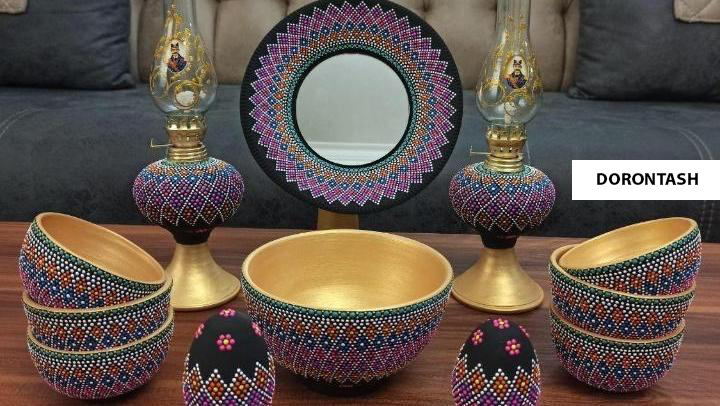 11- Pen making, mesh work, engraving on metals and alloys: art- is an industry in which traditional designs and motifs are formed using pens, hammers and other hand tools on objects made of metal with alloys.
11- Pen making, mesh work, engraving on metals and alloys: art- is an industry in which traditional designs and motifs are formed using pens, hammers and other hand tools on objects made of metal with alloys.
12- Stone carving, stone carving and stone carving: includes artefacts whose main raw materials are all kinds of stones such as turquoise, marble, jade, black stone, white stone (alabaster) etc. and with the help of tools And various items are carved or engraved, such as all kinds of dishes, lamp bases, photo frames, all kinds of gems, etc.
13- Wood turning: Turning is a method of producing wooden products, during which objects such as hookahs, cradles, lamp bases, and various dishes are made and processed by various tools and devices, mainly by means of a turning machine.
14- Wood joinery and joinery: It is a method of making wooden products, during which small wooden parts are glued on the wooden body with the help of carpentry tools such as saws, graters, files, etc. and they are formed under pressure and in this way all kinds of chocolates, cigarette holders, photo frames and the like are produced and supplied.
15- Inlay work, wood carving and mesh work: It is another way of producing wooden products, during which traditional designs and motifs are formed on high-quality and durable wood using pens, hammers, chisels and other carpentry tools. .
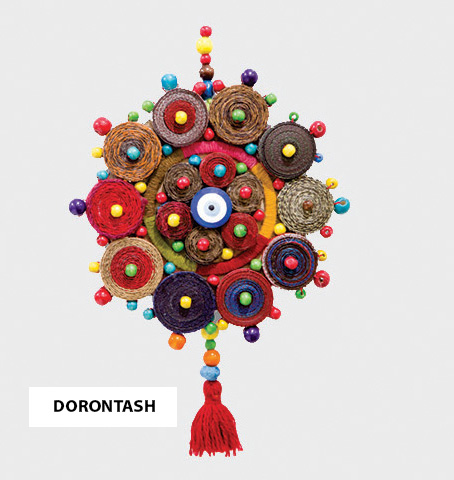 16- Mat weaving: The meaning of mat weaving, which includes bamboo weaving, pearl weaving, terekeh weaving, cham weaving, basket weaving, and chigh weaving, is the weaving of threads made from cellulose (vegetable) fibers with the help of hands and simple hand tools. During it, various products such as mats, wicker tablecloths, baskets, dishes, etc. are produced and supplied. Regarding Chigh Bafi, it is important to mention that during weaving, in addition to plant fibers, dyed wool yarn is also used to create traditional patterns and designs.
16- Mat weaving: The meaning of mat weaving, which includes bamboo weaving, pearl weaving, terekeh weaving, cham weaving, basket weaving, and chigh weaving, is the weaving of threads made from cellulose (vegetable) fibers with the help of hands and simple hand tools. During it, various products such as mats, wicker tablecloths, baskets, dishes, etc. are produced and supplied. Regarding Chigh Bafi, it is important to mention that during weaving, in addition to plant fibers, dyed wool yarn is also used to create traditional patterns and designs.
17- Khatamsazi: It is a method of producing wooden products that uses the cover obtained by gluing together small pieces of metal, bone and various types of wood in traditional shapes and designs (mostly geometrically) and with the help of various tools and devices. Products such as photo frames, stands, chocolate bars, tables, chairs, etc. are made.
18-Merraq work: Drawing designs and traditional patterns on a wooden or ceramic background and emptying inside the lines of the designs and filling the empty space with prepared pieces of wood, ceramic, metal, shell and stone. they say
19- Tiling: It is an industry with a long history in which all kinds of tiles are made and processed using traditional designs and patterns for use in religious and historical buildings by molding clay and baking it in a furnace.
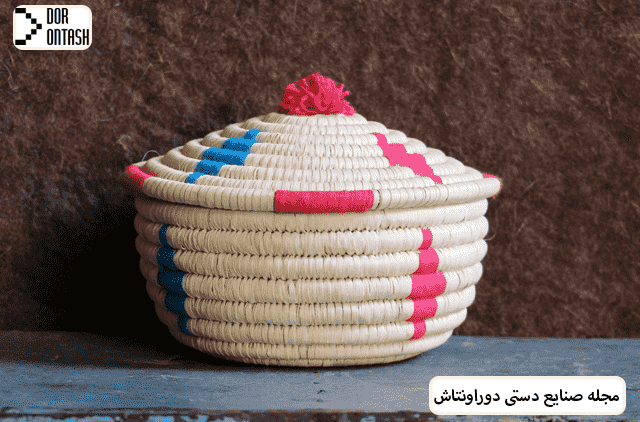 20- Tapestry work : the purpose of making various objects such as tea service, tang, and also some ornaments using silver, gold and copper wires and with the help of simple metalworking tools and equipment such as iron, pliers, scissors, special furnace and so on. .. is.
20- Tapestry work : the purpose of making various objects such as tea service, tang, and also some ornaments using silver, gold and copper wires and with the help of simple metalworking tools and equipment such as iron, pliers, scissors, special furnace and so on. .. is.
21- Enamel work : here it is meant to make a metal body, glazing, baking, painting and re-baking objects in the furnace, all these steps are done with the help of simple tools and equipment, using original and traditional designs in the painting stage. Accepts.
22- Making beautiful and artistic objects: It is the making of delicate objects and devices in which the art factor is far more involved than production techniques and includes miniature making, painting on shells, painting on leather, papier mache and gilding.
23- Making jewelry: making and producing all kinds of local jewelry as well as all kinds of ornaments using gold, silver and all kinds of alloys.
24- Making other handicraft products: It means making other handicraft products such as turquoise, gilding on steel, all kinds of local dolls, quilting (Ajideh and Latheyi) and masks, kites and decorative umbrellas, which are made with tools and Hand tools are made using traditional designs.
Handicrafts are more than souvenirs and the dynamic part of today’s tourism world is considered to be handicrafts that are still used by the local community, such as folk music, dance, local architecture or traditional clothing, all of which are objective and innovative sources for display. The essence and nature of native culture become tourists; Production for sale turns them into souvenirs through which tourists transfer the essence and nature of the visited native culture to their home, society and future.
Handicrafts as a collection of diverse production professions with content and cultural richness, which largely originates from the geographical environment, history and past of peoples, beliefs, traditions, rites and customs, as well as from their creative power, initiative and taste. has taken. On the other hand, human’s innate tendency towards beauty and the motivation to earn a living has caused handicrafts to be raised as a part of human life and culture. This is the reason why most of the type of handmade products of each nation can be understood to some extent about their cultural and artistic thinking and even their religious and ritual visions.
In this article, we are trying to tell you the characteristics of handicrafts.
1. The possibility of providing the major part of the raw materials from domestic sources, for example, the handicraft industry of maraqari is mainly made using the wood of different trees, but sometimes for more beauty, pieces of shells, bones and ivory are used in its decoration. Providing wood as the main and main material of this art is easily possible inside Iran, but ivory must be procured from other countries. But this doesn’t mean that we don’t consider it to belong to Iran due to the use of ivory pieces in the mosaic art.
2. Carrying out part of the basic production steps by hand and manual tools. Many steps are taken to produce each handicraft product, but it is not necessary to do all these steps by hand and manual tools. If only 50% of the basic work steps are done by hand and manual tools, the produced product is considered a handicraft. The use of modern developments in the production of handicrafts is not limited to our time. If the ancestors did not reject it with the invention of the pottery wheel and used it to pass the stage of manual raw production and produce more beautiful and durable pottery. Even today, in the production of wooden crafts such as inlays, inlays, and inlays, in the early stages, the desired wood is prepared using an electric saw. But other steps are produced using hand and manual tools.
3. The influence of human creative thought in the production and shaping of products and the possibility of creating diversity and implementing different designs in the manufacturing stage of these products.
4. Having a cultural load by using original and native designs and synthetics in a way that represents the culture, art and civilization of that country.
5. Similarity and dissimilarity of these types of manufactured products. Since handicraft products are produced by hand and sometimes even a similar product is produced by several people, it is not possible to see complete uniformity in them as machine products.
6. No need to invest much for their production compared to other industries.
7. Their added value is high compared to other industries.
8. The possibility of their creation and development in different urban, rural and even nomadic communities. Making handmade products does not require much effort because it requires little equipment and is easily possible using hands or manual tools. Therefore, it can easily be installed in the mentioned spaces.
 The main characteristics of handicrafts
The main characteristics of handicrafts
According to the World Intellectual Property Organization (WIPO) , handicrafts have a number of general characteristics. These features include:
- In their construction, simple tools and equipment should be used.
- The manufactured products should not be completely similar to each other.
- Unlike other industries, making these items does not require complex techniques.
- The raw materials for making handicrafts should be provided mostly from the sources and internal borders of each country.
- Handicrafts are rooted in the beliefs, culture, religions and customs of every nation.
- These industries usually help the development of the tourism industry as well.
- Handicrafts have more added value than other productions and products.
- To start working in the field of these products, a small investment is required.
- Handicrafts can be exported to other countries as an authentic cultural and artistic production.
- Usually, functional or decorative products are produced.
- The knowledge of handicraft production can be easily taught and transferred to others.


